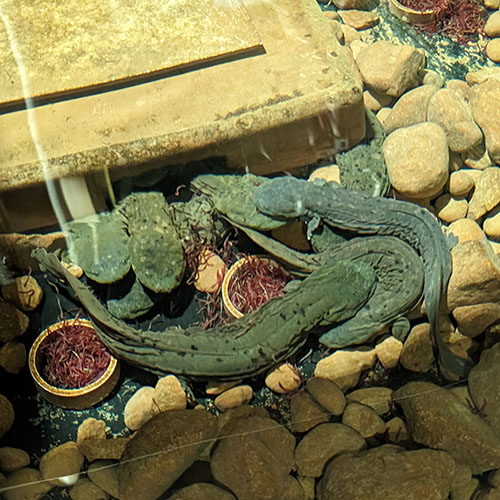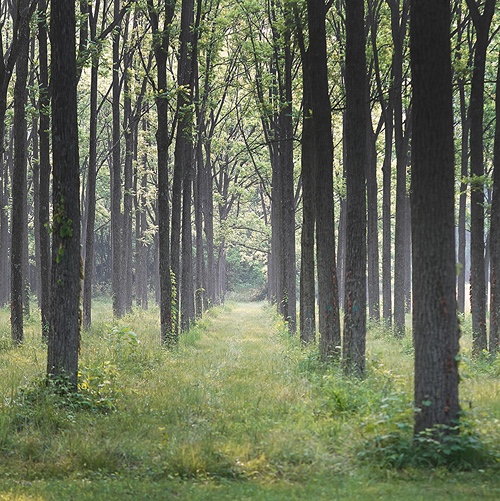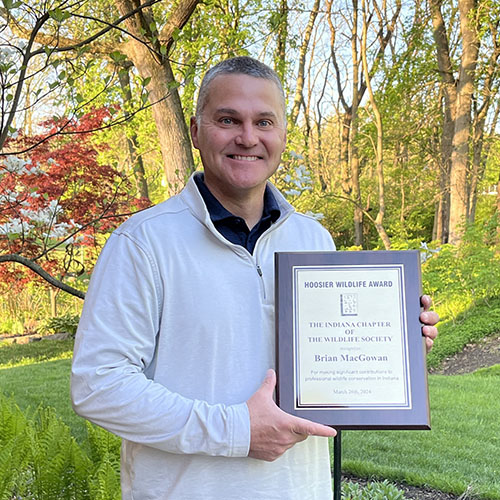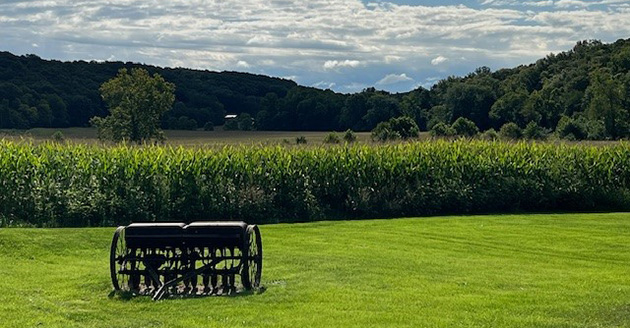RRHardwood
Facilitating the Regeneration and Restoration of Native Hardwood Forest Trees
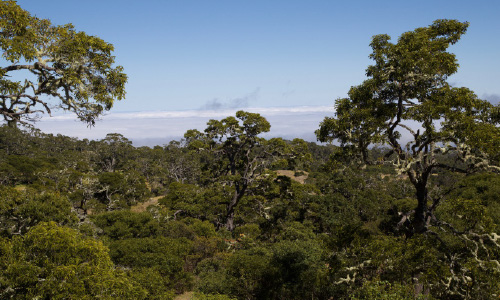 Native hardwood forests in the United States provide important commercial and ecological benefits, but the availability and/or quality is dwindling. One method of restoring or rehabilitating these hardwood forests is through the establishment of hardwood plantations.
Native hardwood forests in the United States provide important commercial and ecological benefits, but the availability and/or quality is dwindling. One method of restoring or rehabilitating these hardwood forests is through the establishment of hardwood plantations.
This project aims to address current technological and environmental limitations to developing these plantations as well as offering new technologies and recommendations to overcome those challenges, improving hardwood reforestation success and alleviating stress on the current native hardwood population.
The goal of this project is to enhance the knowledge of factors that limit hardwood regeneration and identify actions that lead to restoration and rehabilitation treatments that improve the distribution and condition of hardwood forests in three important hardwood regions of the United States.
Factors to be considered include nursery practices, control of animal browse, fertilization and light availability.
environmental professionals from three institutions - the University of Hawaii, New Mexico State and Purdue - are collaborating on this project.

